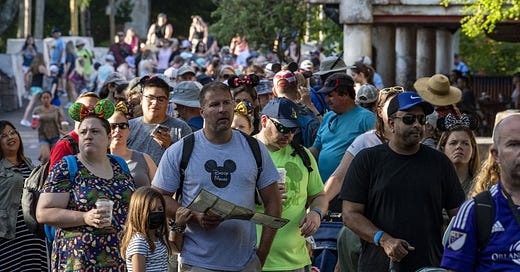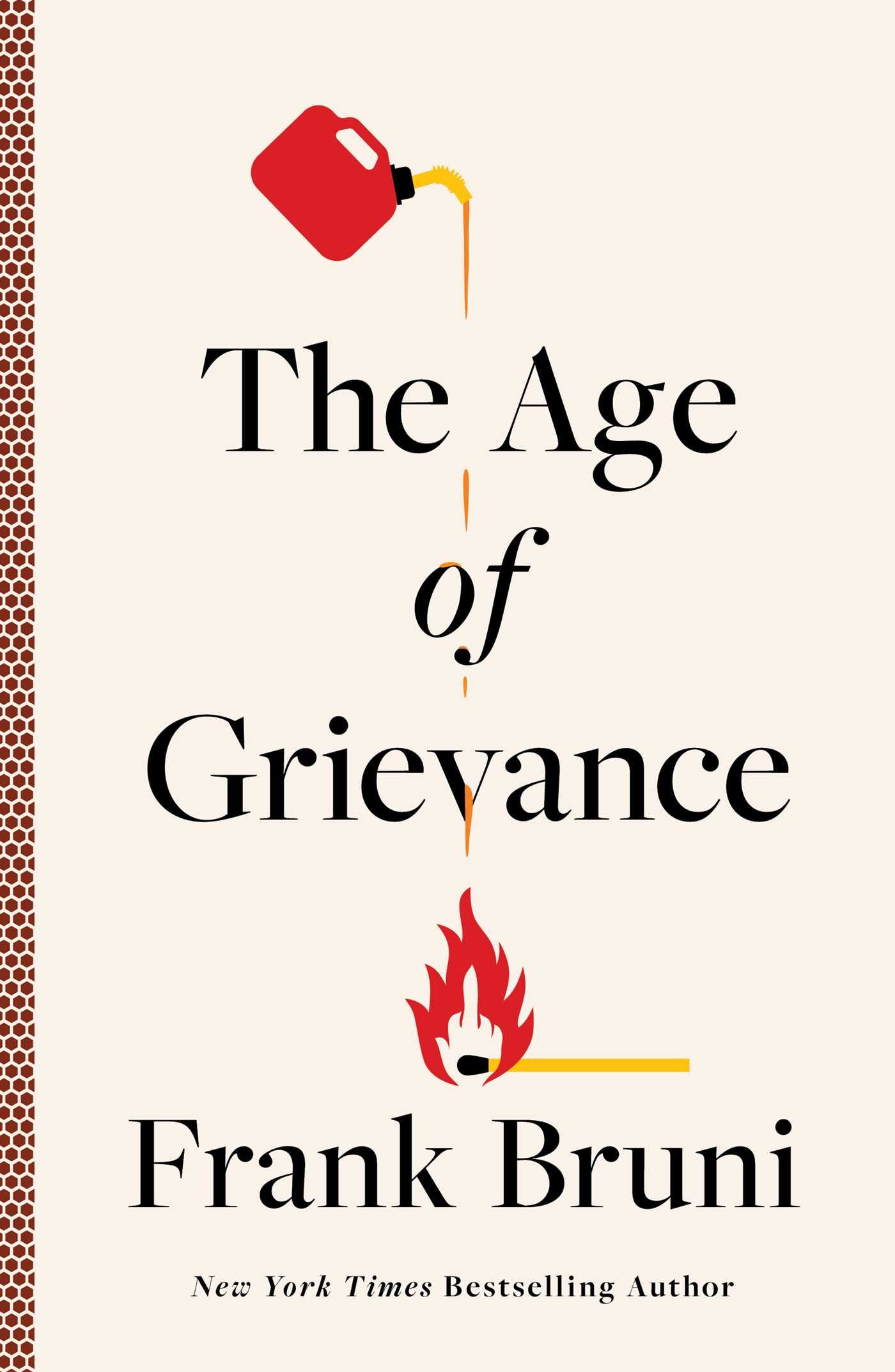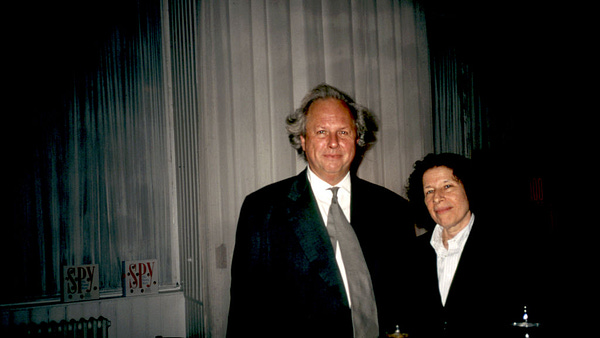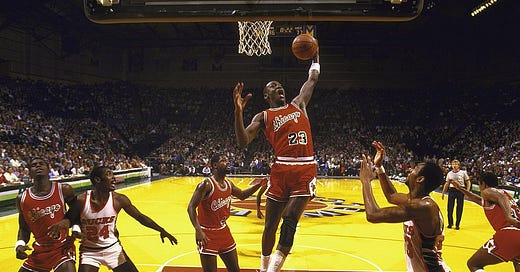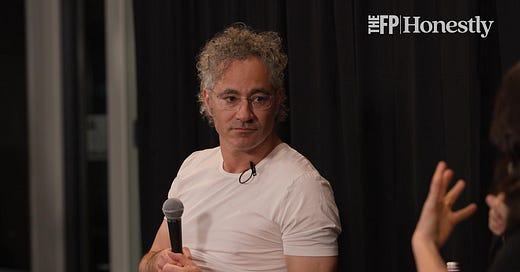
It was pitch-dark when I showed up at the box office of what was then called the Hartford Civic Center at 3 a.m., to be in place when tickets for the Queen concert went on sale, several hours later. It was the early 1980s, I was a teenager, and this was the surest path to the best seats. Back then, your proximity to the stage had less to do with a fan’s financial reserves than how quickly and heroically you’d acted to get your tickets. There was something egalitarian about it. My friends and I ended up in the eighth row, and I caught Freddie Mercury’s tambourine when he threw it into the crowd during the final song.
Today, the seating maps for Taylor Swift’s Eras Tour revealed scores and scores of price tags, tailored to the precise desirability of the vantage point. In the U.S., the most expensive tickets cost many thousands of dollars more than the least, so that a father of three posting pictures of his family among the Swifties could be announcing to the world his ability to drop ten grand on one night’s entertainment. At the back of the stands, with half a view, sits the family that could only afford to drop hundreds.
There have always been big gaps between how the rich, the middle class, and the less fortunate live. But these days those gaps are increasingly enormous, and increasingly obvious. We have long advertised our place in the pecking order with our homes, cars, clubs, and clothes; there are now extravagances, fringe benefits, and microclimates of exclusivity that didn’t exist before. Meanwhile, social media gives us constant, intimate glimpses of how different life is for the people one rung above us, and the people one rung above that, and the ostentatious winners at the top of the ladder. The result is a culture of grievance among those who have plenty, but not enough.
In September 2022, the nonpartisan Congressional Budget Office published a report examining changes in family wealth distribution in the U.S. between 1989 and 2019. National wealth tripled in that time, but disparities widened. Whereas in 1989, families in the top 10 percent held 63 percent of total wealth, they held 72 percent of the wealth by 2019. Meanwhile, the share of wealth possessed by the bottom half decreased, from just over 3.5 percent to 2 percent in that same period.


